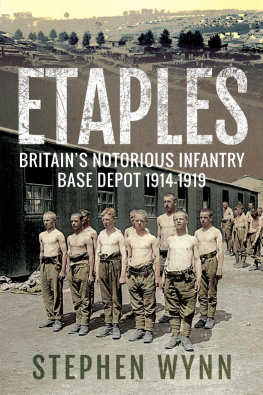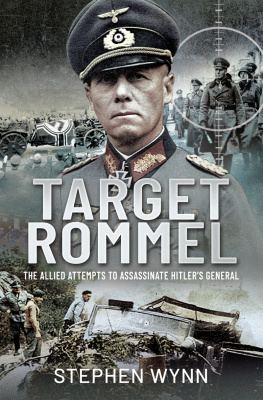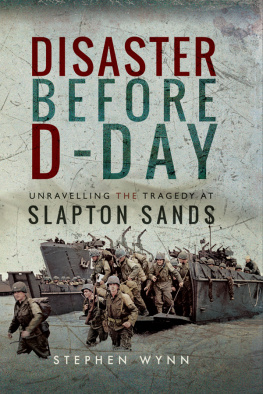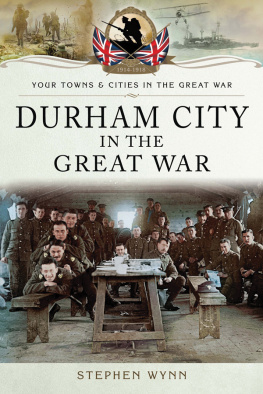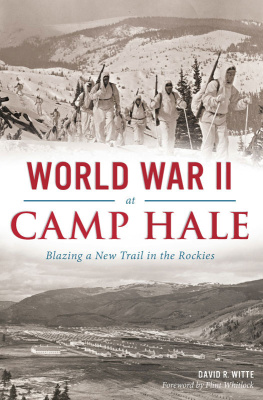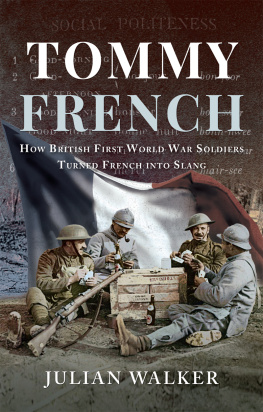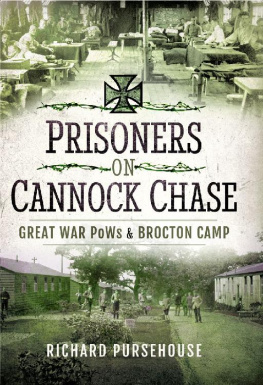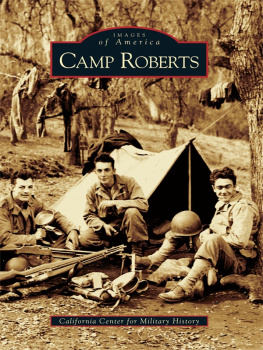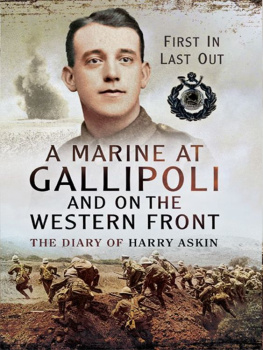First published in Great Britain in 2020 by
Pen & Sword Military
An imprint of
Pen & Sword Books Limited
Yorkshire - Philadelphia
Copyright Stephen Wade, 2020
ISBN 978 1 47384 6 036
eISBN 978 1 47384 6 043
Mobi ISBN 978 1 47384 6 050
The right of Stephen Wynn to be identified as Author of this work has been asserted by him in accordance with the Copyright, Designs and Patents Act 1988.
A CIP catalogue record for this book is available from the British Library
All rights reserved. No part of this book may be reproduced or transmitted in any form or by any means, electronic or mechanical including photocopying, recording or by any information storage and retrieval system, without permission from the Publisher in writing.
Pen & Sword Books Limited incorporates the imprints of Atlas, Archaeology, Aviation, Discovery, Family History, Fiction, History, Maritime, Military, Military Classics, Politics, Select, Transport, True Crime, Air World, Frontline Publishing, Leo Cooper, Remember When, Seaforth Publishing,
The Praetorian Press, Wharncliffe Local History, Wharncliffe Transport, Wharncliffe True Crime and White Owl.
For a complete list of Pen & Sword titles please contact
PEN & SWORD BOOKS LIMITED
47 Church Street, Barnsley, South Yorkshire S70 2AS, United Kingdom
E-mail:
Website: www.pen-and-sword.co.uk
Or
PEN AND SWORD BOOKS
1950 Lawrence Rd, Havertown, PA 19083, USA E-mail:
Website: www.penandswordbooks.com
Introduction
taples-sur-mere is situated on the North Eastern coastline of France, and is part of the Pas-de-Calais, Hauts de France region.
taples lies on a ridge of dunes which once lay on the seaward side of an area of marshland which had formed off shore. This came about as a result of the chalk plateau off Artois, and was an area which stretched from the Canche, northwards, where the dunes tend to extend inland, all the way to the old chalk cliff.
During the First World War, this was the area chosen to set up an enormous training camp for soldiers of the British Expeditionary Force along with Allied units from other countries of the British Empire. Having completed their basic training in camps, mainly throughout the south of England, they crossed the English Channel before arriving by train at taples, which then became the final preparation area for Allied troops arriving in France. There they would undertake further training, which included a short course of instruction in gas warfare, and ten days of physical preparation before being deployed to frontline areas at different locations across France and Belgium. It was also the main location for British and Commonwealth soldiers returning from the Western Front, especially those who required sending back to the UK.
The camp at taples truly was a massive affair. It included living accommodation, training areas, military hospitals, an area for convalescence and a cemetery, which alone covers an area of some six hectares. There were parades, drills and instruction, and a training staff who became renowned for the brutality they appeared to enjoy administering upon their own troops. The gas warfare input and the ten days of training were for everyone at the camp, regardless of whether they were new recruits, experienced veterans, or the wounded who had fully recovered and were waiting to be sent back to front-line service.
The camps hospital and medical facilities were attacked with bombs and machine guns by German aircraft on more than one occasion, several times during May 1918 alone. These raids caused death, damage and devastation. Doctors, nurses, orderlies and patients were killed and wounded during these raids.
The wife of Robert Baden-Powell, Lady Olave Baden-Powell, having arrived in France on 7 October 1915, helped staff a YMCA recreational hut at Val-de-Lievres, Calais, which had been provided by the Worshipful Company of Mercers, a renowned Livery Company of the City of London, of which Robert Baden-Powell had been the Master in 1912.
In early January 1916, Robert Baden-Powell, by then already heavily involved in the Scouting movement, arranged for another recreational hut (sponsored by the Scouts) at taples, which was looked after by Lady Olave and two of the other members who had started the recreational hut at Calais. Due to sickness, Lady Olave had to return home to the UK at the end of January 1916. She would later describe taples as a dirty, loathsome, smelly little town. Maybe her description, in part, had something to do with the fact taples was a coastal town and was home to a large fleet of fishing trawlers. When soldiers staying at the taples camp were allowed out on a pass, they did not naturally gravitate towards town to find their recreational needs, preferring instead the delights on offer in the nearby town of Le Touquet, which was separated from taples by a small river.
Le Touquet had a pleasant beach for those of a more discerning character and, in essence, it became a place for officers only; to prevent a mass of fellows from the other ranks potentially spoiling their fun, a picket guard was placed on the bridge over the river Canche, which was the only way into Le Touquet from the camp at taples. At low tide men were known to make their way to and from Le Touquet, by simply traversing the shallow river bed.
Men died in the camps many hospitals, from wounds, illness and sickness, as well as German air raids, of which there were many. Some even say that the flu pandemic of 1918 began as a result of conditions at the taples camp.
A total of 11,434 men and women are buried at the taples military cemetery, who were either killed or died as result of their involvement in the First World War. Of these, 8,822 were from the United Kingdom. Another 1,143 were from Canada, 464 from Australia, 261 from New Zealand, sixty-eight from South Africa, twenty-three from India and three from Belgium; there were also 650 German graves in the cemetery as well.
The British dead included many who had been honoured with military awards for their bravery.
Major Douglas Reynolds was 31 years of age, and serving with the 37th Battery, 83rd Brigade, Royal Field Artillery, when he was involved in action which resulted in him being awarded the Victoria Cross.
The following citation for the award of his Victoria Cross appeared in the London Gazette newspaper on 16 November 1914.
On 26 August 1914, at Le Cateau, France, Captain Reynolds took two teams with volunteer drivers, to recapture two British guns and limbered up two guns under heavy artillery and infantry fire. Although the enemy was within 100 yards, he managed, with the help of two drivers, Job Henry Charles Drain and Frederick Luke, to get one gun away safely.
On 9 September (1914) at Pysloup, he reconnoitred at close range, discovered an (enemy) battery which was holding up the advance, and silenced it.

